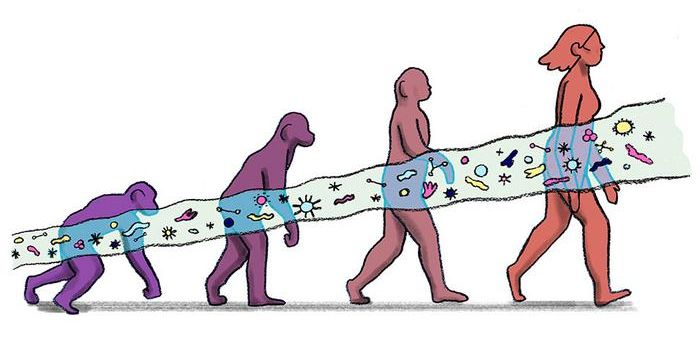New fossil fish moves evolution of jaws back 14 million years
Tiktaalik, the 375-million-year-old fish fossil, is best known for its anatomy suggesting it may have walked out of the water and is also a very popular meme. Sung to the tune of The Killers’ Mr. Brightside, “it was only a fish, how did it end up like this? It was only a fish, it was only a fish” refers to Tiktaalik and how its transition to land sparked a drastic change in animals on earth.
But, what sparked the change that ultimately gave rise to Tiktaalik? We might have an answer from a new set of papers published in early October 2022: Jaws.
Around 419-359 million years ago was a period called the Devonian, or the age of fish. During this period, there was a sudden diversity of jawed fish (called gnathostomes) which made scientists think that the origin of jaws was long before the Devonian period.
This idea prompted researchers to survey 425-million-year old rocks from the Siluirian period (the period right before the Devonian, best known for the establishment of terrestrial life) in China, where, just recently, paleontologists discovered jawed fish. Dated to 436-million-years ago was a bed containing fish that were only a few centimeters long, but that had complete jaws. These fish—named Xiushanosteus mirabilis—likely lived on the seafloor and were members of the armored Placodermi class. Other species were found, too, including Shenacanthus vermiformis, a cartilaginous fish related to modern sharks.
A particularly impressive find was the body of fossil Tujiaaspis vivius—well represented in the fossil record with skulls, though oftentimes missing the rest of their body. The fossil included a pair of fins coming from the skull, which might be the precursor to the pectoral and/or pelvic fins found in gnathostomes. For fish that eventually moved onto land—like Tiktaalik—these fins likely gave rise to arms and/or legs. Researchers believed that these two sets of fins evolved separately between jawed and jawless fish, though the evidence from Tujiaaspis now suggests otherwise.
The new discoveries do not stop there. A second site, dated to 439-million-years old, preserved two additional new species: Fanjingshania renovata and Qianodus duplicis. Both fossils likely belong to the chondrichthyans, a group of cartilaginous fish that include modern sharks and rays. The fact that these fossils were ancient ancestors to modern sharks suggests that the split between cartilaginous and bony fish happened before the early Silurian period, something researchers did not have evidence for previously.
Together, the new fossil fish from both sites push back the origin of vertebrate jaws by about 14 million years. It may even be the case that jawed fish originated by the Great Ordovician Biodiversification, which occurred around 485 to 445 million years ago and was a period when marine invertebrates ruled the world. Fossil fish continue to be discovered at these two sites, adding to our knowledge of the beginnings of life on earth and the evolution of some of the key features of animals alive today.
Sources: Nature 1, Nature 2, Your Inner Fish, New York Times 1, Nature, New York Times 2, Lethaia









